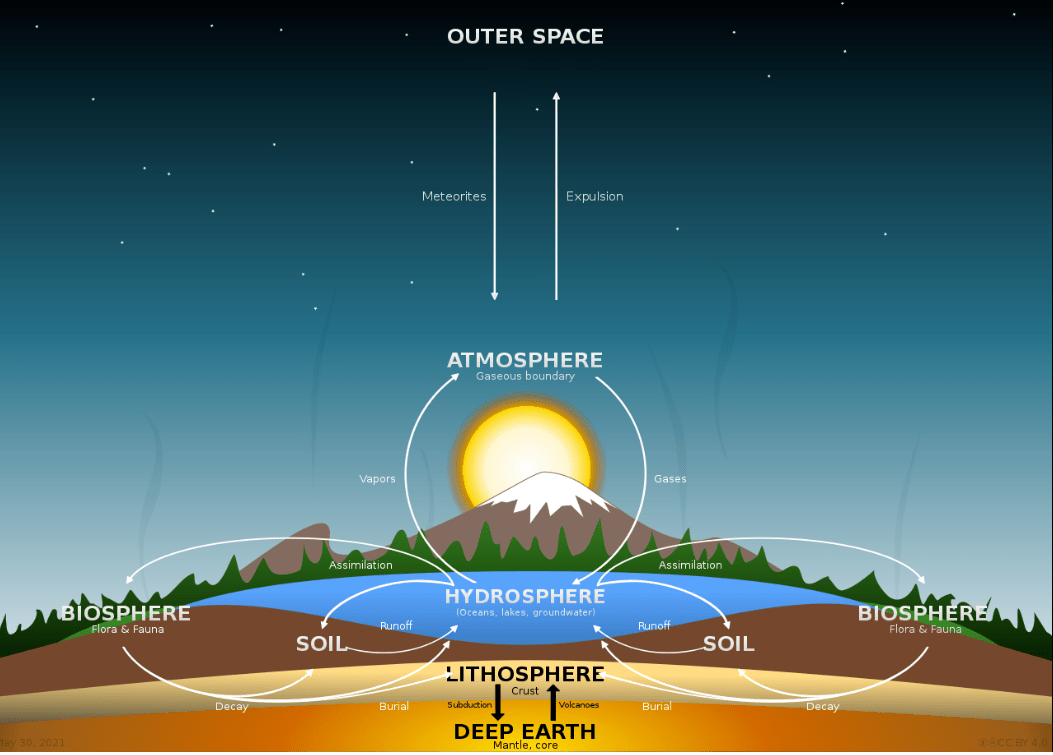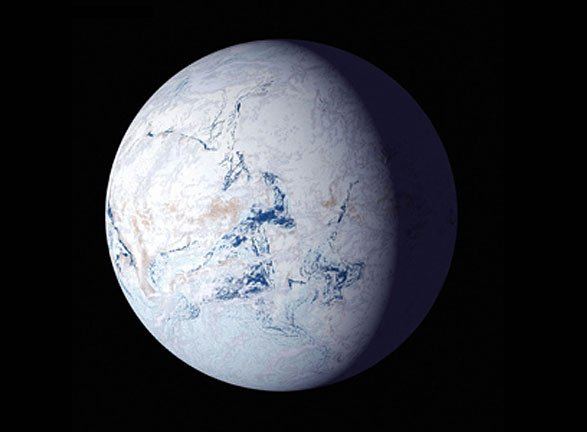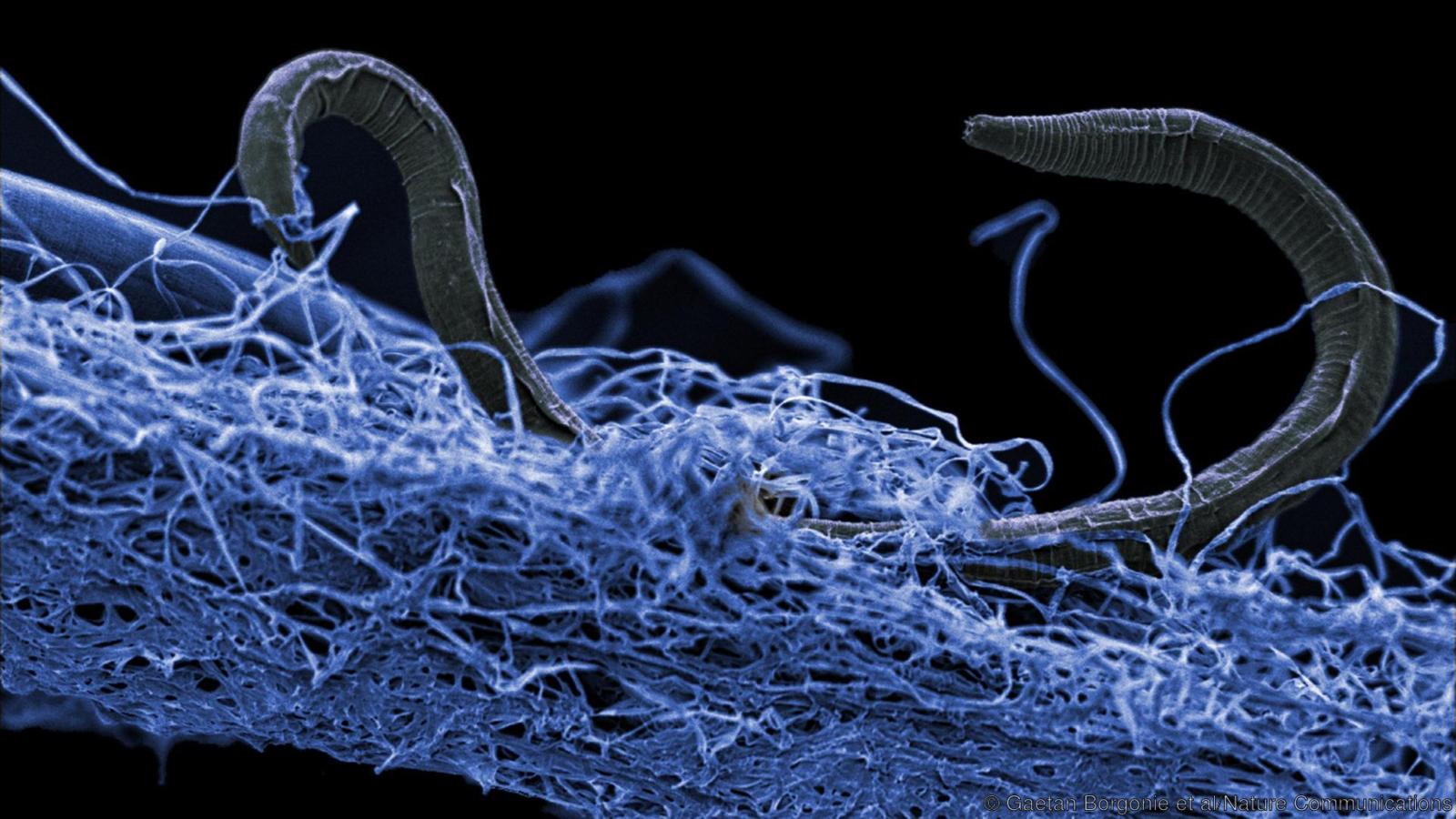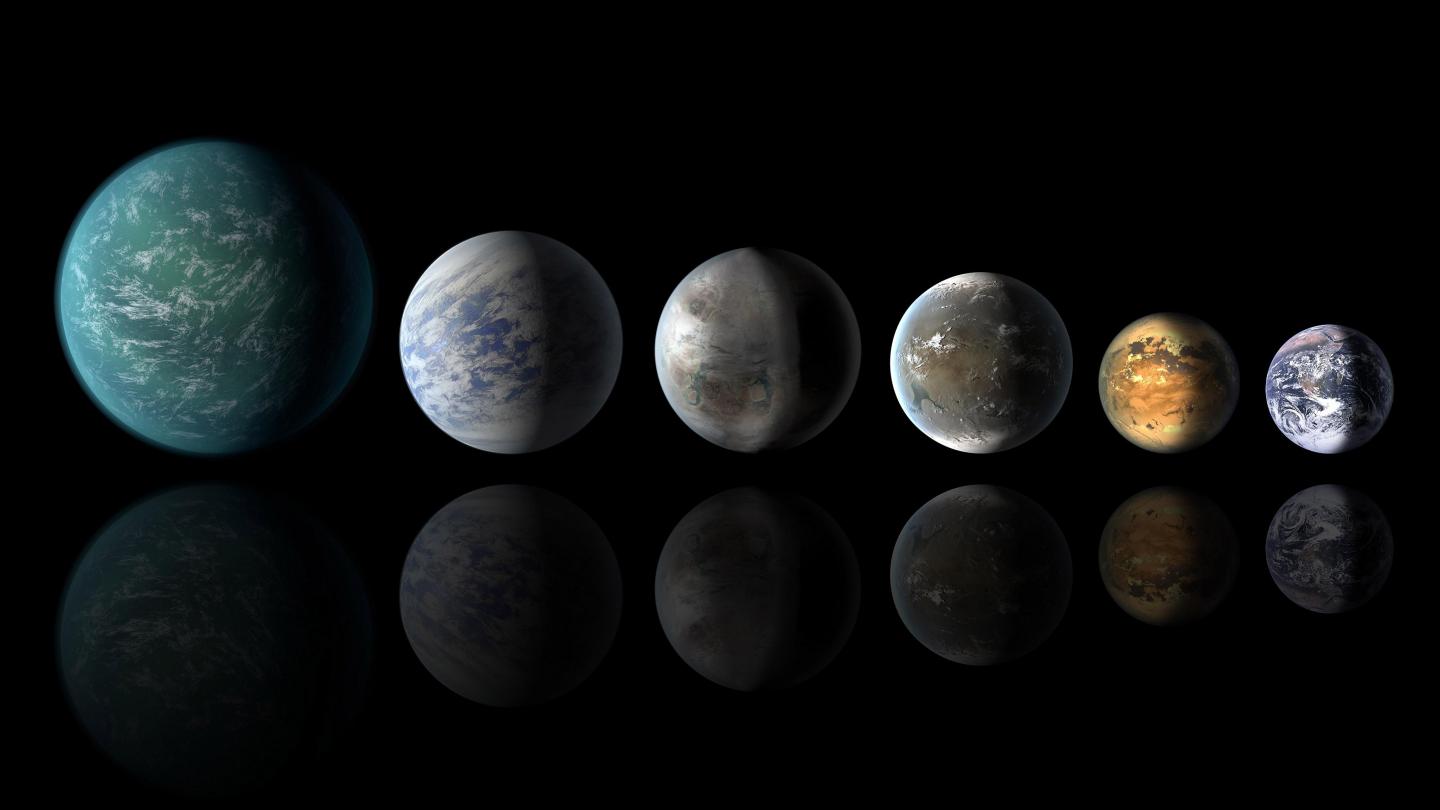CO2 is more than just the stuff that comes out of smokestacks, tailpipes, cigarettes and campfires. It is also a crucial element here on planet Earth, essential to life and its processes. It is used by plants to make sugars during photosynthesis. It is emitted by all animals, as well as some plants, fungi and microorganisms, during respiration. It is used by any organism that relies either directly or indirectly on plants for food; hence, it is a major component of the Carbon Cycle. It is also a major greenhouse gas, hence why it is so closely associated with Climate Change.
Joseph Black, a Scottish chemist and physician, was the first to identify carbon dioxide in the 1750s. He did so by heating calcium carbonate (limestone) with heat and acids, the result of which was the release of a gas that was denser than normal air and did not support flame or animal life. He also observed that it could be injected into calcium hydroxide (a liquid solution of lime) to produce Calcium Carbonate. Then, in 1772, another chemist named Joseph Priestley came up with of combining CO2 and water, thus inventing soda water. He was also intrinsic in coming up with the concept of the Carbon Cycle.
Since that time, our understanding of CO2 and its importance as both a greenhouse gas and an integral part of the Carbon Cycle has grown exponentially. For example, we’ve come to understand that atmospheric concentrations of CO2 fluctuate slightly with the change of the seasons, driven primarily by seasonal plant growth in the Northern Hemisphere. Concentrations of carbon dioxide fall during the northern spring and summer as plants consume the gas, and rise during the northern autumn and winter as plants go dormant, die and decay.
Traditionally, atmospheric CO2 levels were dependent on the respirations of animals, plants and microorganisms (as well as natural phenomena like volcanoes, geothermal processes, and forest fires). However, human activity has since come to be the major mitigating factor. The use of fossil fuels has been the major producer of CO2 since the Industrial Revolution. By relying increasingly on fossil fuels for transportation, heating, and manufacturing, we are threatening to offset the natural balance of CO2 in the atmosphere, water and soil, which in turn is having observable and escalating consequences for our environment. As is the process of deforestation which deprives the Earth of one it’s most important CO2 consumers and another important link in the Carbon Cycle.
As of April 2010, CO2 in the Earth’s atmosphere is at a concentration of 391 parts per million (ppm) by volume. For an illustrated breakdown of CO2 emissions per capita per country, click here.
We have written many articles about Carbon Dioxide for Universe Today. Here’s an article about the Carbon Cycle Diagram, and here’s an article about Greenhouse Effect.
If you’d like more info on Carbon Dioxide, check out NASA’s The Global Climate Change. And here’s a link to The Carbon Cycle.
We’ve also recorded an episode of Astronomy Cast all about planet Earth. Listen here, Episode 51: Earth.
Sources:
http://en.wikipedia.org/wiki/Carbon_dioxide
http://en.wikipedia.org/wiki/Carbon_cycle
http://www.eoearth.org/article/carbon_dioxide
http://cdiac.ornl.gov/
http://www.epa.gov/climatechange/emission/co2.html
http://www.lenntech.com/carbon-dioxide.htm
http://www.davidsuzuki.org/issues/climate-change/science/climate-change-basics/climate-change-101-1/







